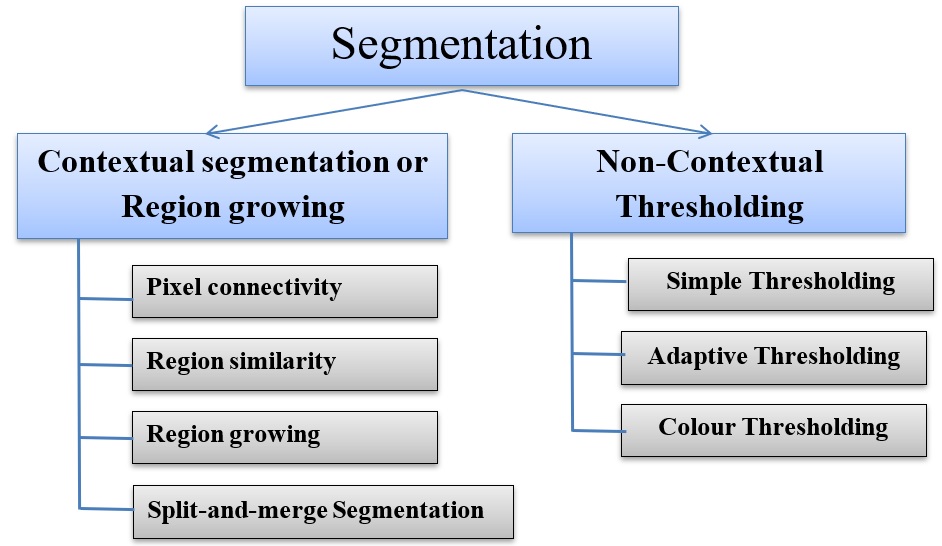Image Segmentation
The process of partitioning an image into multiple segments is known as image segmentation. Image segmentation is typically used boundaries and to locate objects in an image.
Segmentation divides an image into distinct areas that each contain pixels with comparable characteristics. The regions should have a close relationship to the depicted objects or interesting features in order to be meaningful and useful for image analysis and interpretation. From low-level image processing, which converts a grayscale or colour image into one or more other images, to high-level image description, which refers to features, objects, and scenes, meaningful segmentation is the first step. The accuracy of segmentation is crucial to the success of image analysis, but accurate image partitioning is typically a very difficult problem.
Need for Image Segmentation
Image segmentation breaks the image down into meaningful regions. For example, in the picture below you can clearly see segments corresponding to the sky, the trees, the elephant, and the grass.

Figure: Segmented image
Image segmentation is a vital part of the image analysis process. It differentiates between the objects we want to inspect further and the other objects or their background.
Classification of Segmentation

Figure: Classification of Segmentation